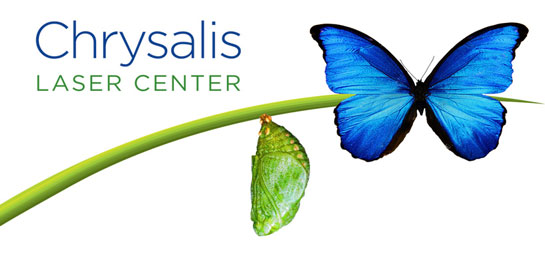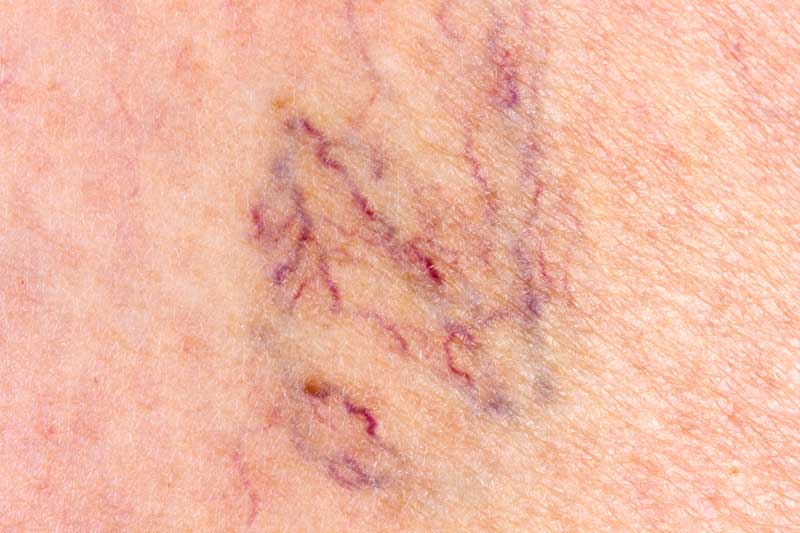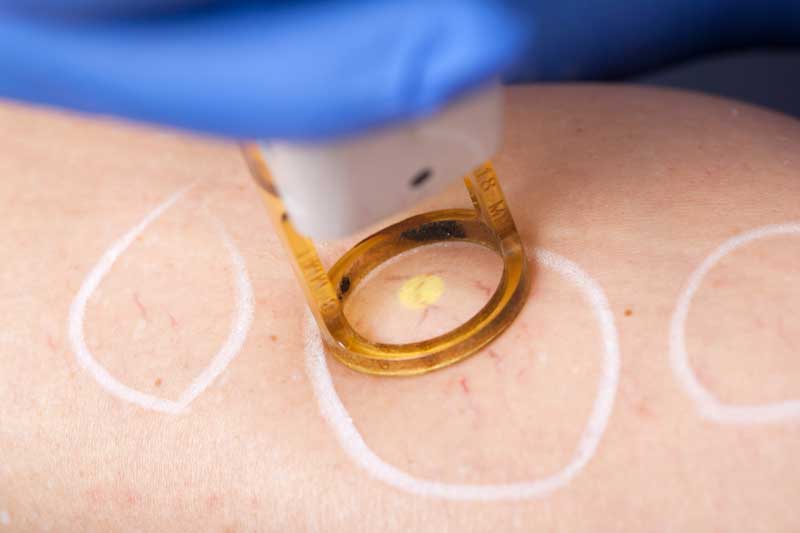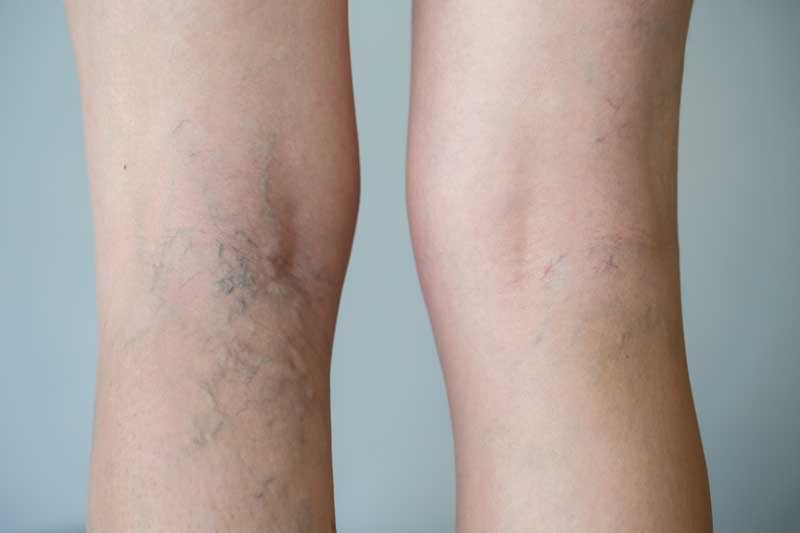Spider Vein Reduction
Our laser can treat many different pigmented skin issues, including spider veins.
Spider veins also known medically as telangiectasia or venulectasias, are tiny purple veins near the surface of the skin that appear perpetually dilated and visible. The small capillaries commonly appear on the surface of the thighs, calves and ankles. We treat spider veins with a laser treatment to help rid you of those spider veins.
For more information or to schedule an appointment call 214-775-1717.
Frequently Asked Questions
How Does it Work?
The laser targets the pigment in the veins under the surface of the skin to eliminate spider veins. The heat from the laser causes inflammation in the non-functioning vein which will then cause it to seal shut, pushing the blood out either end and thus making it invisible. The laser will sometimes rupture the small non functioning vein which will spill the blood out, causing a temporary bruise but eliminating the vein.
Treatment should be every four to eight weeks. You will continue to see improvement over the following three to six months.
What Results can I Expect?
The spider veins that respond the best to this form of treatment are those that are 1 mm or less in diameter and which do not have a larger visible vein feeding into them. You can often see up to a 50% reduction with just one treatment.
Treatment is most effective on blue or purple veins. Red veins do not respond well.
After Treatment Care
Avoid sun exposure and use sunscreen during the entire treatment program. This will greatly decrease the risk of complications and side effects.
There can be discomfort during treatment and there is an option for topical anesthesia or other cooling methods.
The treated are can feel like a sunburn for up to two hours or a little longer. Remember that is normal for the area to feel like a sunburn.
Use a mild compress wrap or stockings will help with the effectiveness and help prevent new veins from forming.
Possible Side Effects
Side effect include bruising, hyperpigmentation, hypopigmentation, scarring, textural changes, burns, blistering, pain or discomfort and erythema.
A new bed of smaller veins may form in the are but these may be treated in the same way.



